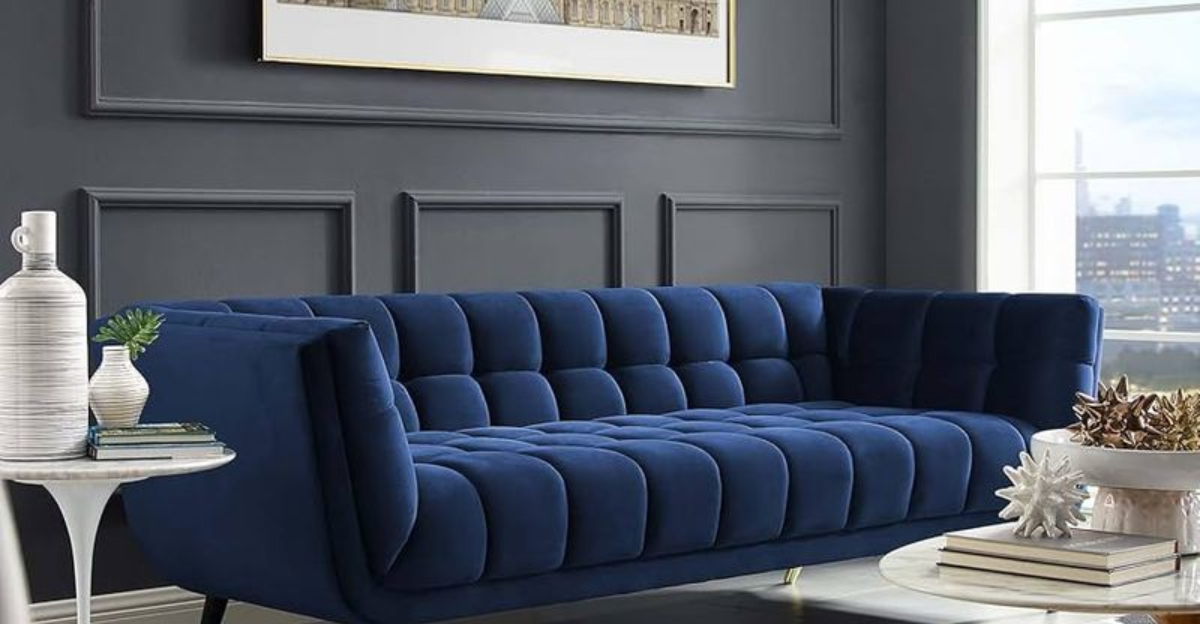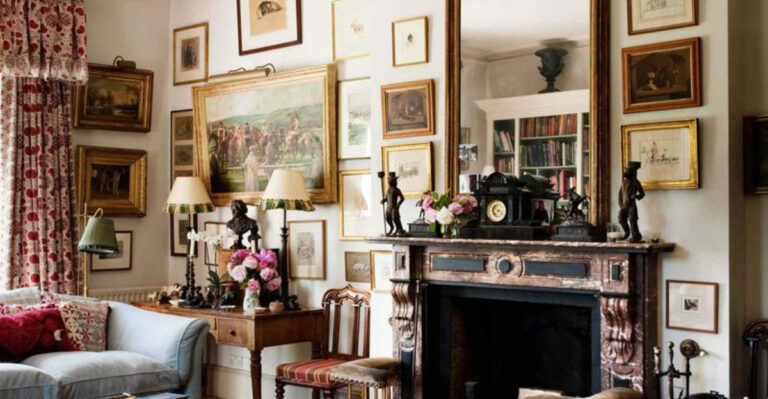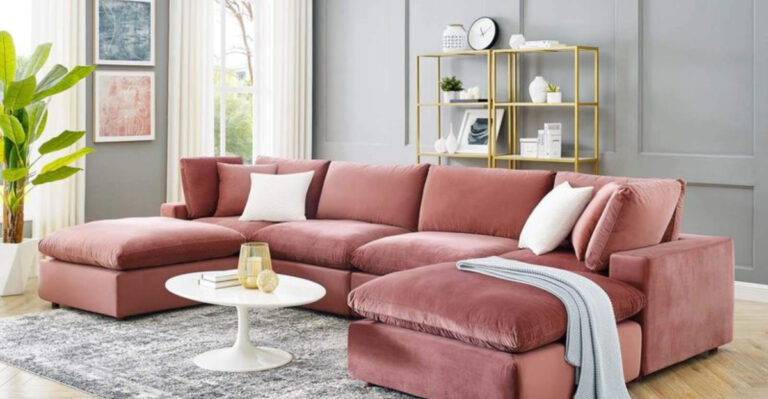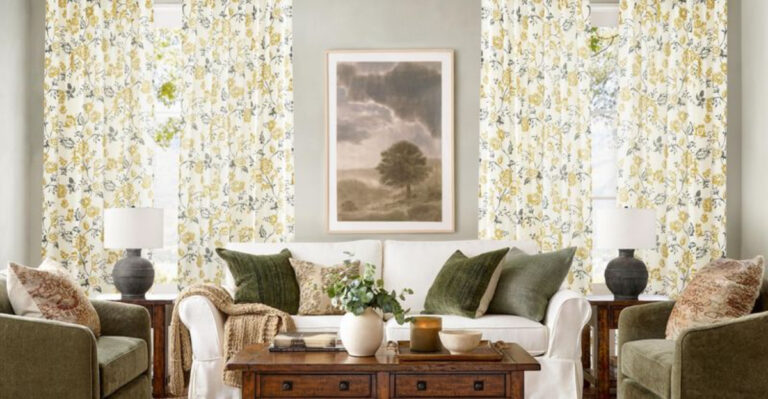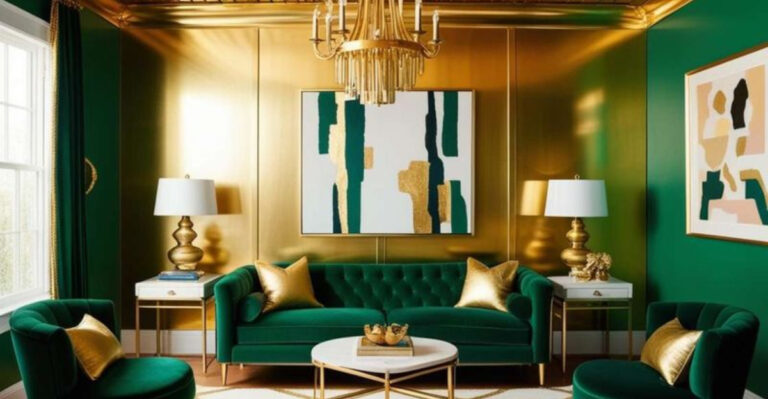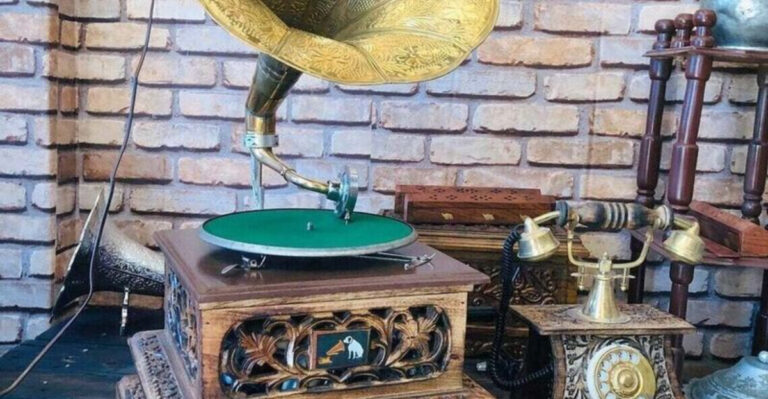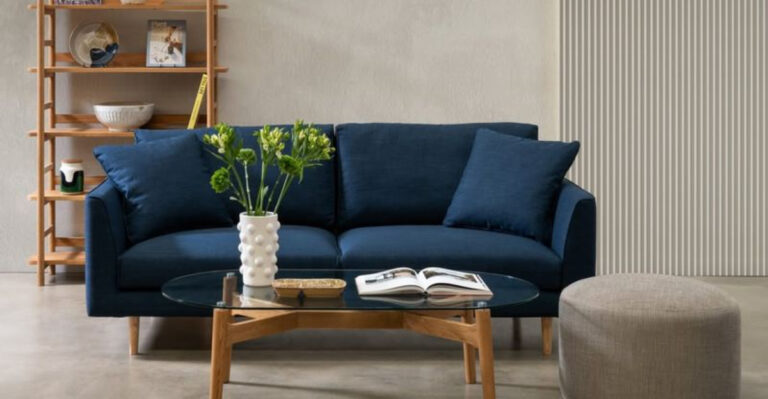20 Forgotten Living Room Trends Are Quietly Making A Comeback
Remember those funky living room features your parents or grandparents had that seemed destined for the design graveyard?
Well, dust off your nostalgia, because yesterday’s outdated décor is becoming tomorrow’s must-have statement. Interior designers are raiding the design archives, giving forgotten living room elements fresh purpose with modern twists that somehow feel both familiar and brand new.
1. Conversation Pits: The Social Media-Free Zone Returns
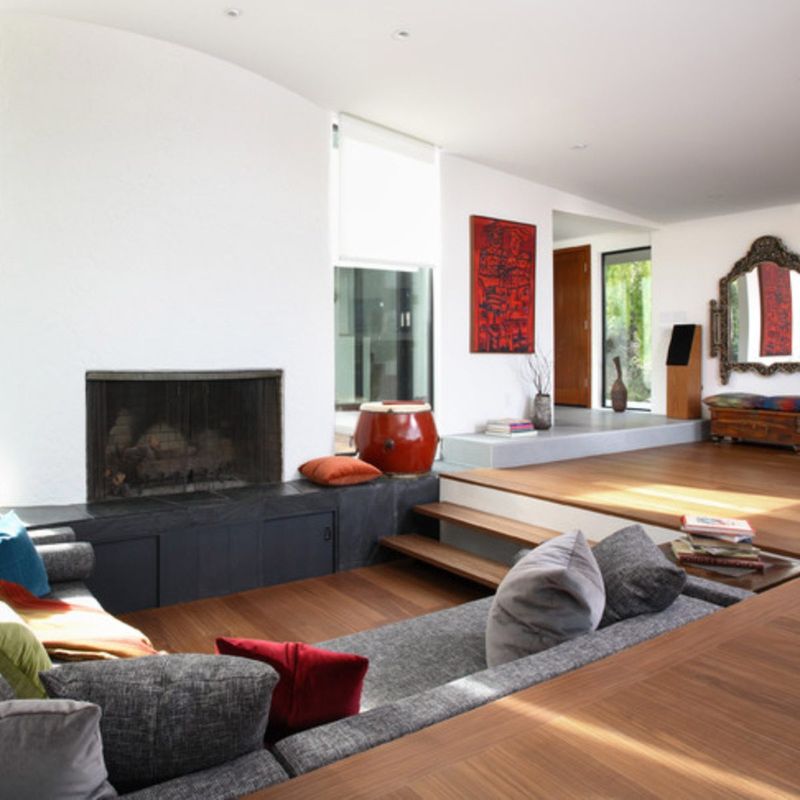
Sunken seating areas that once dominated 1970s luxury homes are burrowing their way back into contemporary floor plans. Architects are reimagining these intimate gathering spaces with cleaner lines and modular components.
Modern conversation pits trade the shag carpeting for minimalist cushions and integrated tech-charging stations. They create natural phone-free zones that encourage actual face-to-face interaction—exactly what our screen-tired souls are craving.
2. Wood Paneling Without the Brady Bunch Vibes
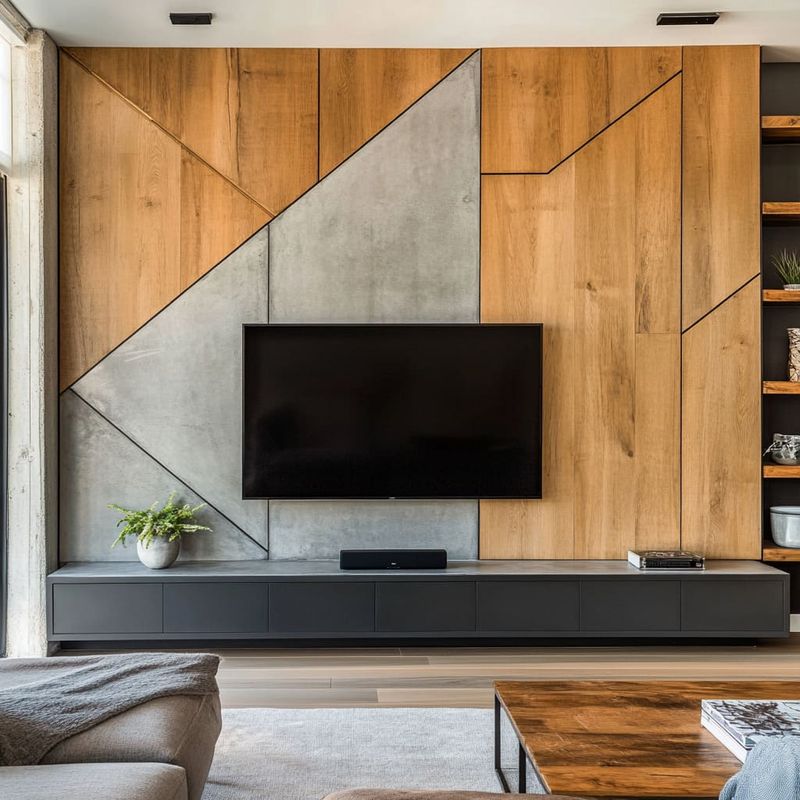
Once relegated to basement rec rooms and hunting lodges, wood paneling is shedding its dated reputation. Today’s versions feature lighter finishes, vertical applications, and thoughtfully placed accent walls rather than floor-to-ceiling coverage.
Designers are pairing white oak, bleached pine, and even reclaimed barn wood with modern furnishings. The warmth of natural wood creates textural interest while the organic patterns bring a sense of nature indoors—minus the 1970s sauna effect.
3. Terrazzo: The Confetti of Flooring Makes a Splash

Remember those speckled floors in every public building from 1950-1980? Terrazzo’s playful pattern of embedded marble, quartz, and glass is dancing back into our homes—this time with more personality and less institutional feel.
Gone are the drab gray bases, replaced with bold blues, blush pinks, and forest greens. Beyond just flooring, terrazzo now appears on coffee tables, planters, and lamp bases, bringing its signature celebratory vibe without committing your entire floor to the party.
4. Macramé That Won’t Make Your Plants Cringe
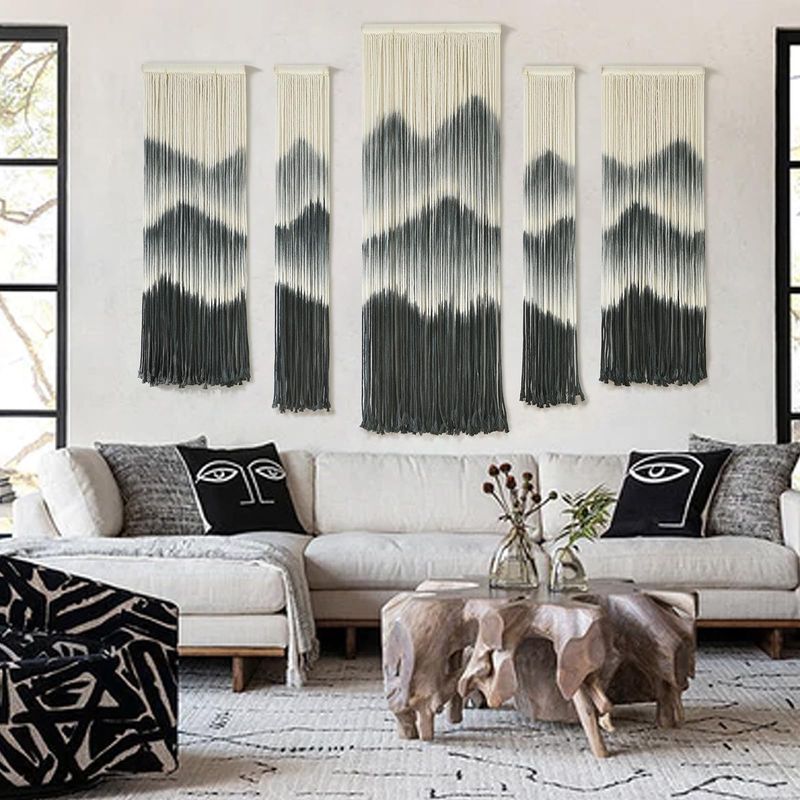
Knotted textile art has untangled itself from its hippie-only reputation. Modern macramé has evolved beyond those dusty owl wall hangings into sophisticated statement pieces with cleaner lines and more intentional designs.
Fiber artists use high-quality materials in neutral palettes or unexpected color combinations. These textural pieces add warmth to minimalist spaces while creating visual interest against stark walls—proving that sometimes what’s old becomes new with just the right amount of restraint.
5. Rattan Furniture That Escaped the Patio
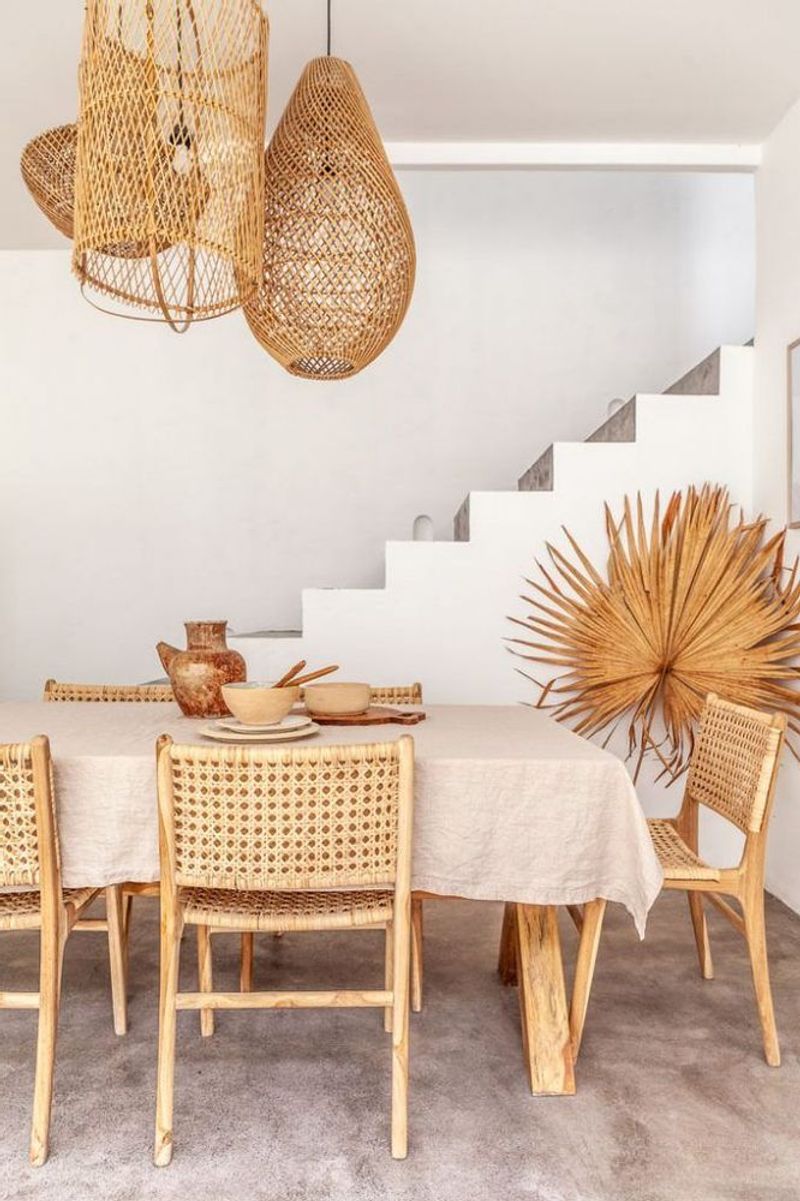
Rattan’s lightweight woven charm isn’t just for sunrooms anymore. This tropical material has matured beyond its 1970s bohemian phase into sophisticated statement pieces that add textural warmth to any living space.
Designers pair rattan chairs and tables with sleek upholstery and modern lighting. The natural material creates visual breathing room in densely decorated spaces while its handcrafted nature satisfies our craving for authenticity—exactly what our mass-produced world needs.
6. Velvet Sofas That Don’t Smell Like Your Great-Aunt’s Perfume
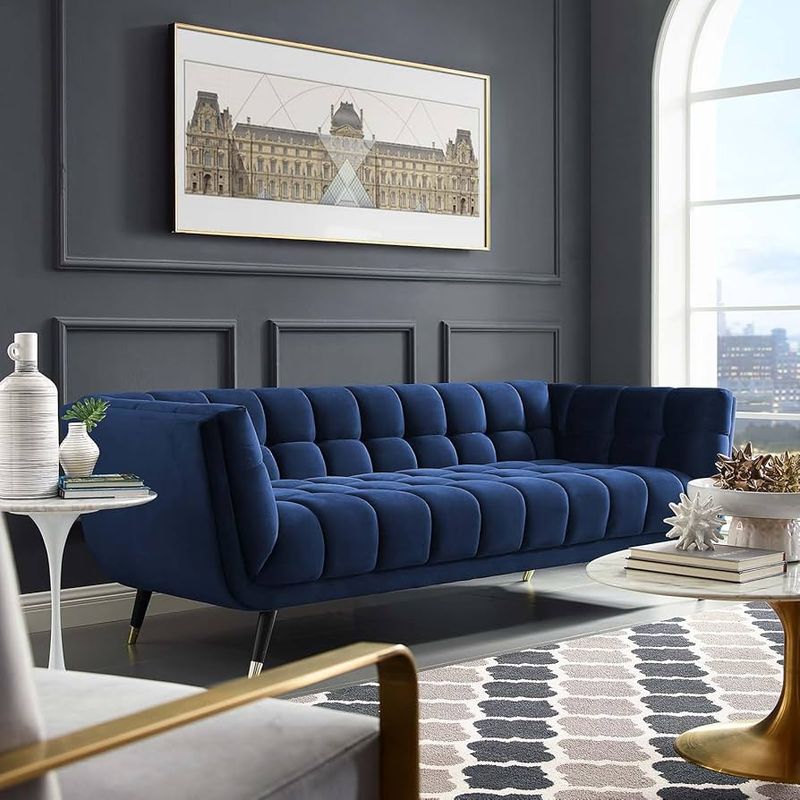
Velvet upholstery has shaken off its stuffy reputation. Today’s velvet sofas come in saturated jewel tones and unexpected neutrals rather than the dusty mauves and forest greens of decades past.
Manufacturing techniques have made velvet more durable and stain-resistant. The fabric adds instant luxury without the fussiness, creating a tactile invitation to sink in and stay awhile—proving that comfort and sophistication aren’t mutually exclusive after all.
7. Wallpaper That Doesn’t Haunt Your Renovation Dreams

Wallpaper has peeled away from its reputation as the nightmare of home renovators everywhere. Removable options and improved adhesives mean you won’t need a steamer and three weekends to change your mind.
Bold botanical prints, geometric patterns, and even textured grasscloths are transforming accent walls and ceiling treatments. Today’s patterns offer more sophistication and whimsy than their floral predecessors, making statement walls that capture attention without triggering flashbacks to grandma’s dining room.
8. Shag Rugs That Won’t Swallow Your Remote Control
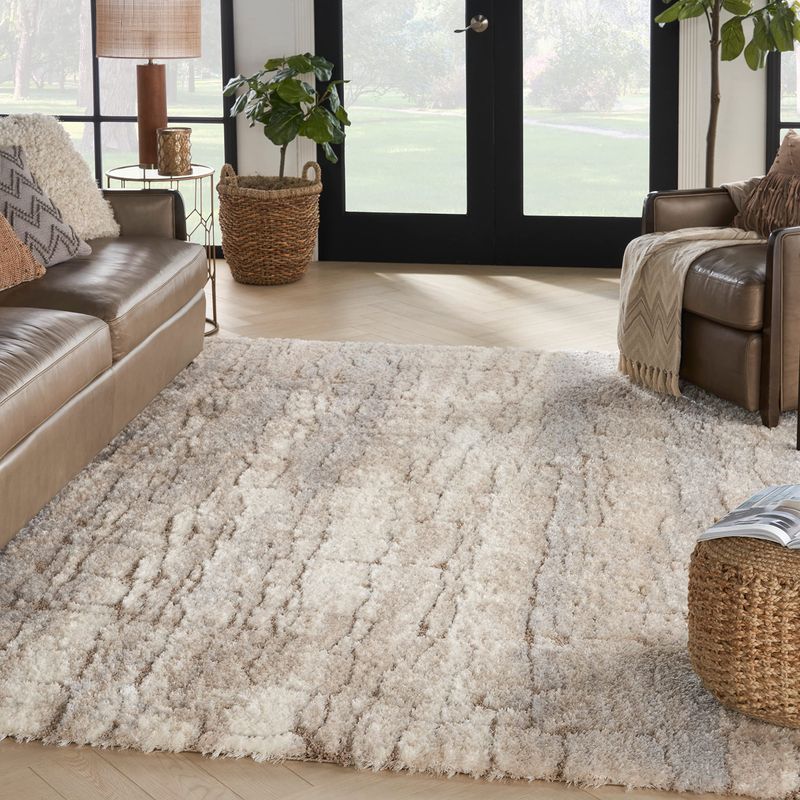
Shag rugs have been brushed off and reimagined for modern living rooms. Today’s versions feature varying pile heights, subtle color variations, and improved materials that don’t trap every crumb and dust particle known to mankind.
Professionals now use these textural floor coverings as counterpoints to sleek furniture. The tactile comfort creates inviting spaces that beg for barefoot living, while improved manufacturing means you won’t need a special rake to maintain its fluffy appeal—a true win for comfort seekers everywhere.
9. Houseplants That Aren’t Just Instagram Props
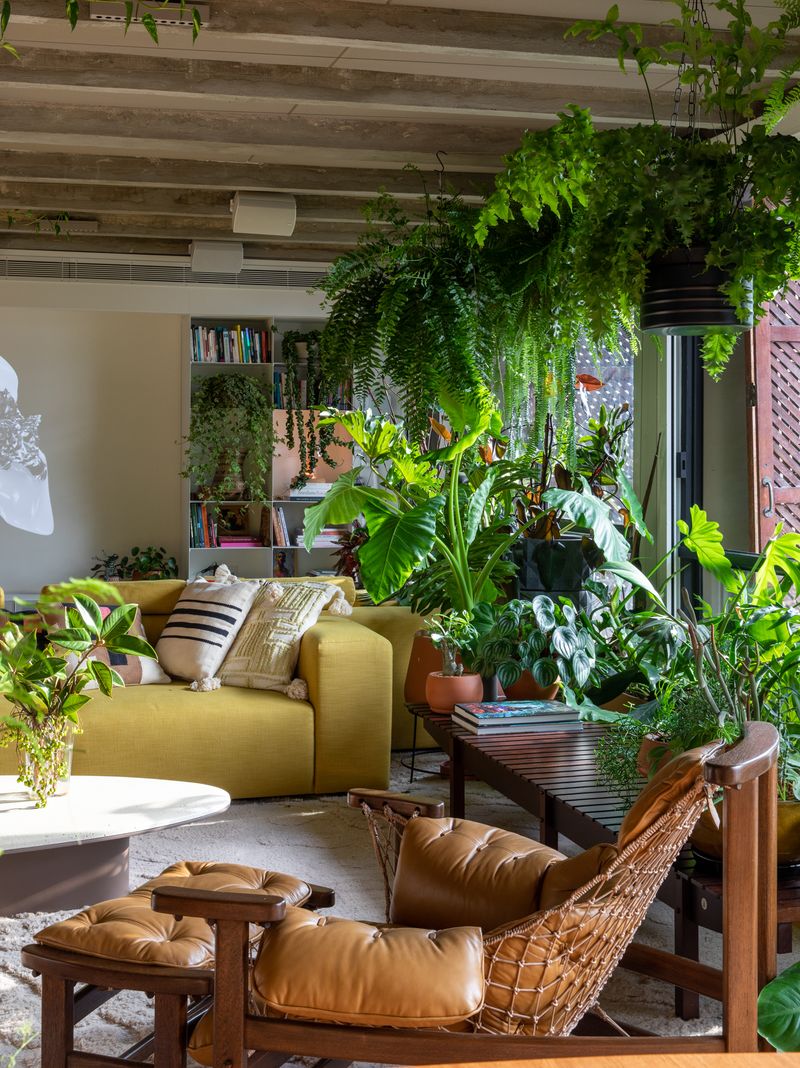
Lush indoor jungles reminiscent of 1970s living rooms are spreading their leaves once again. Beyond the trendy fiddle leaf fig, plant enthusiasts are embracing statement greenery like split-leaf philodendrons, snake plants, and trailing pothos.
Large-scale plants create living architecture and improve air quality. Their organic shapes soften modern interiors while connecting us to nature—addressing our collective need for biophilic elements after spending too much time staring at screens instead of leaves.
10. Record Players That Actually Get Used
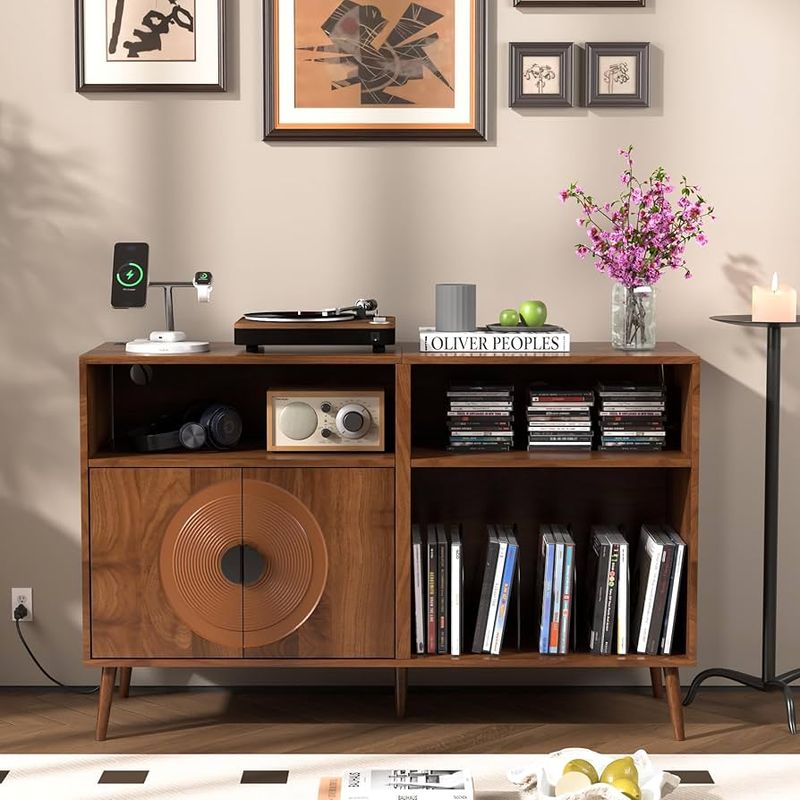
Vinyl storage and turntables have spun back from nostalgic props to functional focal points. Modern record players combine vintage charm with Bluetooth capabilities, allowing music lovers to toggle between streaming and the warm crackle of vinyl.
Open shelving displaying album collections creates personal storytelling opportunities through art and music. The ritual of selecting and playing records brings an intentional slowness to our otherwise instant-gratification entertainment—reminding us that sometimes the experience matters as much as the sound.
11. Formal Bar Carts Serving More Than Parental Disapproval
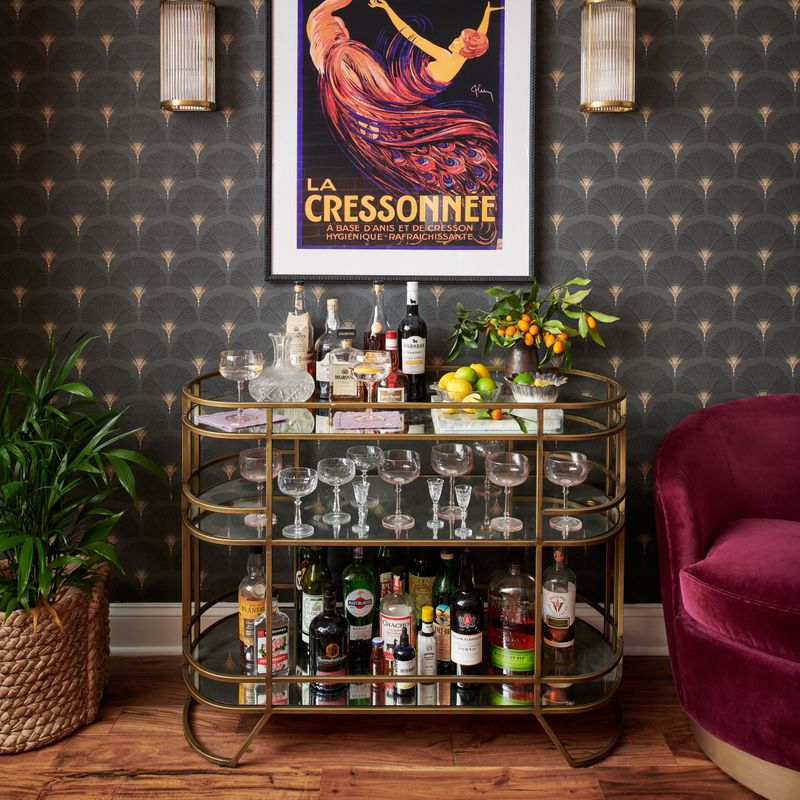
Dedicated cocktail stations have rolled back from the Mad Men era with fresh purpose. Today’s bar carts showcase artisanal spirits, handcrafted glassware, and botanical garnishes rather than dusty bottles of rarely-touched liqueurs.
These mobile entertainment centers reflect our renewed interest in mixology and entertaining at home. The best versions combine practicality with personality—displaying beautiful bottles alongside personal touches that tell guests something about their host before the first drink is even poured.
12. Brass Accents Without the ’80s Bank Lobby Look

Warm metallic finishes have been polished up for their contemporary comeback. Unlike the lacquered brass of decades past, today’s version sports a softer, often hand-rubbed or antiqued finish that feels less corporate and more curated.
Designers are incorporating brass through lighting fixtures, hardware, and decorative objects. The material adds warmth against cooler palettes and creates subtle reflective moments throughout a space—catching light and attention without the ostentatious gleam that once made it feel dated.
13. Statement Mirrors Beyond Basic Function
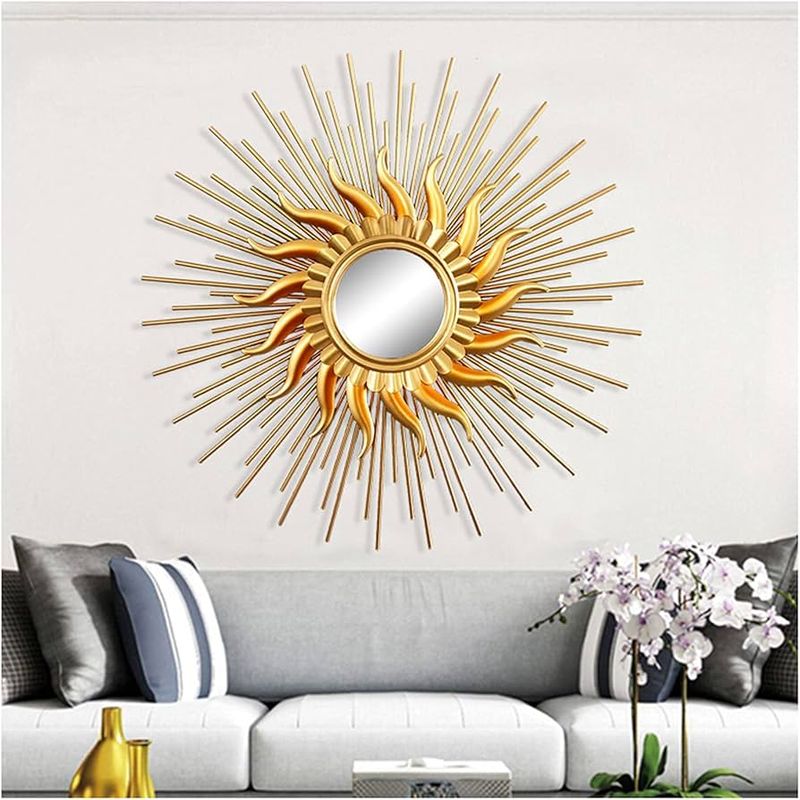
Mirrors have reflected on their merely functional past and expanded into sculptural territory. Sunburst designs, organically shaped frames, and clustered arrangements have returned from mid-century homes with renewed purpose.
Beyond making spaces feel larger, today’s statement mirrors serve as focal points that add personality. Designers position them to capture and multiply natural light or highlight architectural features—transforming what was once purely practical into something that merges art and function.
14. Curved Sofas That Hug The Conversation
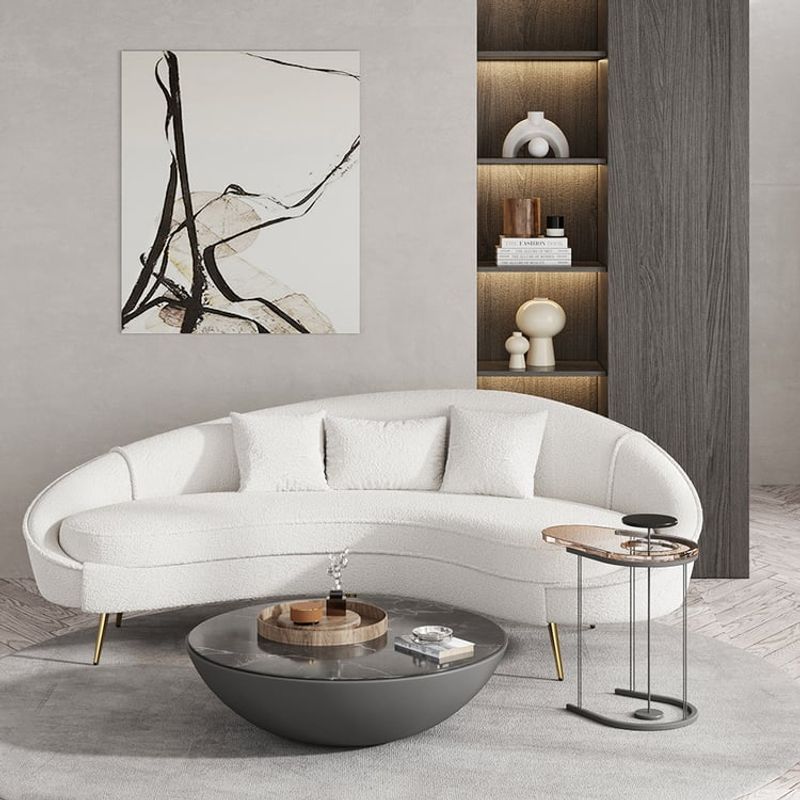
Angular, straight-lined furniture has yielded to softer, more organic forms. Curved and crescent-shaped sofas that once defined 1940s Hollywood glamour are embracing living rooms once again, this time without the cigarette burns or cocktail stains.
These sculptural seating options naturally encourage face-to-face interaction. Their flowing forms soften boxy room layouts while creating visual interest from every angle—proving that sometimes the most sophisticated design choice isn’t a straight line but a graceful curve.
15. Tufted Ottomans That Multitask Better Than You Do
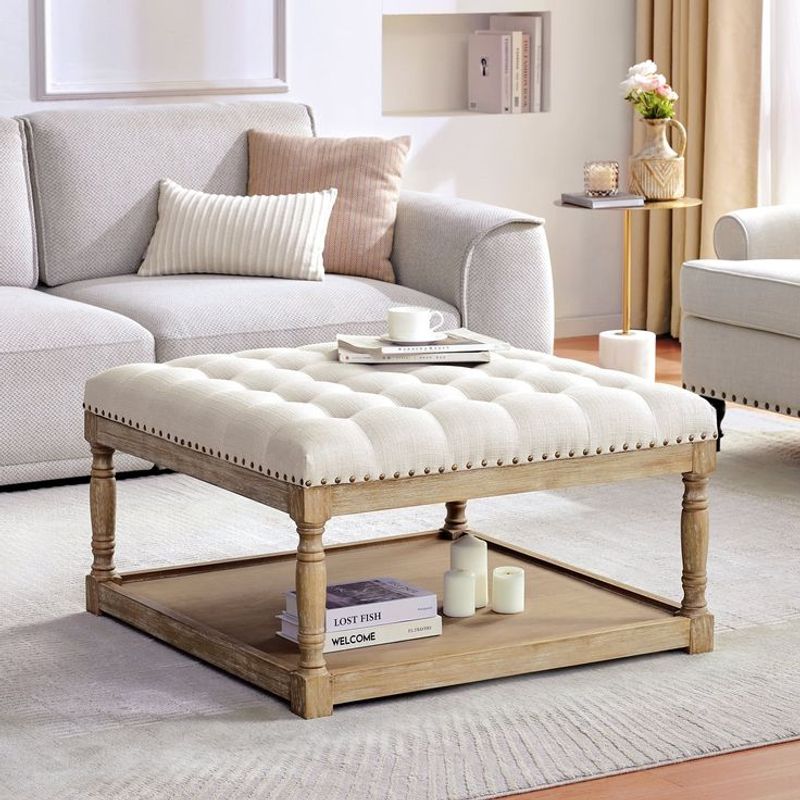
Oversized tufted ottomans have kicked coffee tables to the curb in many stylish living rooms. These plush pieces serve as footrests, impromptu seating, and casual dining surfaces when topped with a tray.
New versions feature washable performance fabrics and hidden storage compartments. Their soft edges make them family-friendly while their classical detailing adds a touch of sophistication—creating the perfect balance between practical function and visual comfort that modern living demands.
16. Layered Rugs That Break All The Rules
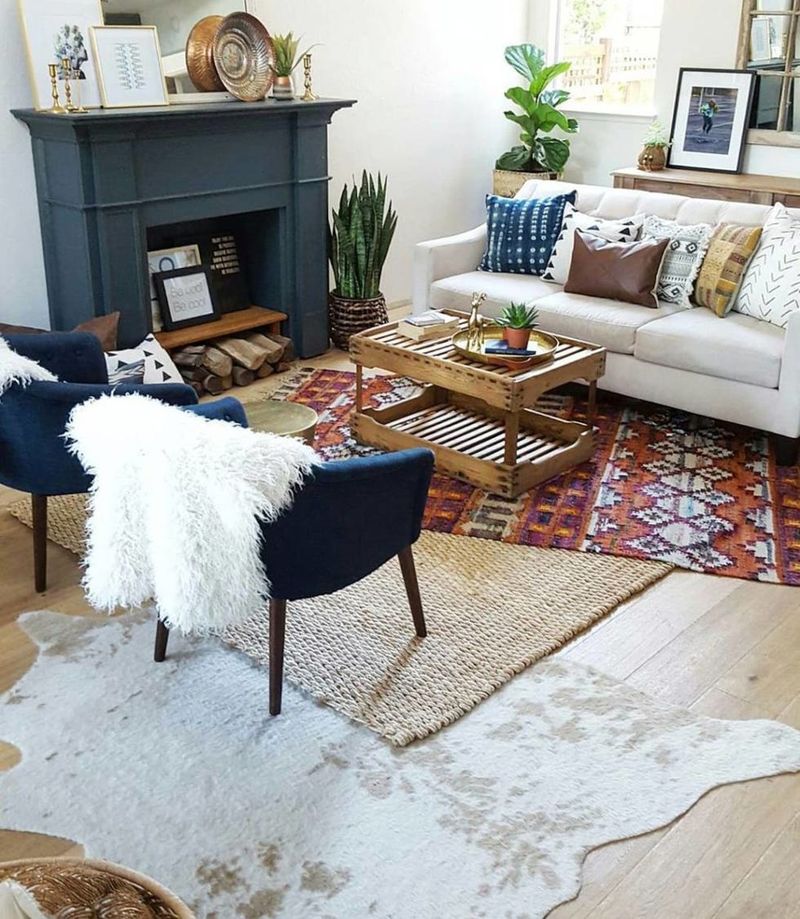
Carpet-on-carpet was once a decorating faux pas, but layered rugs have woven their way back into designer playbooks. Combining textures, patterns, and pile heights creates visual interest while defining zones in open-concept spaces.
Designers often anchor rooms with larger neutral bases topped by smaller vintage or patterned pieces. This approach allows for seasonal refreshes without complete overhauls, making it both stylistically interesting and budget-friendly—exactly the kind of practical luxury today’s homeowners are seeking.
17. Ceiling Medallions That Aren’t Collecting Cobwebs
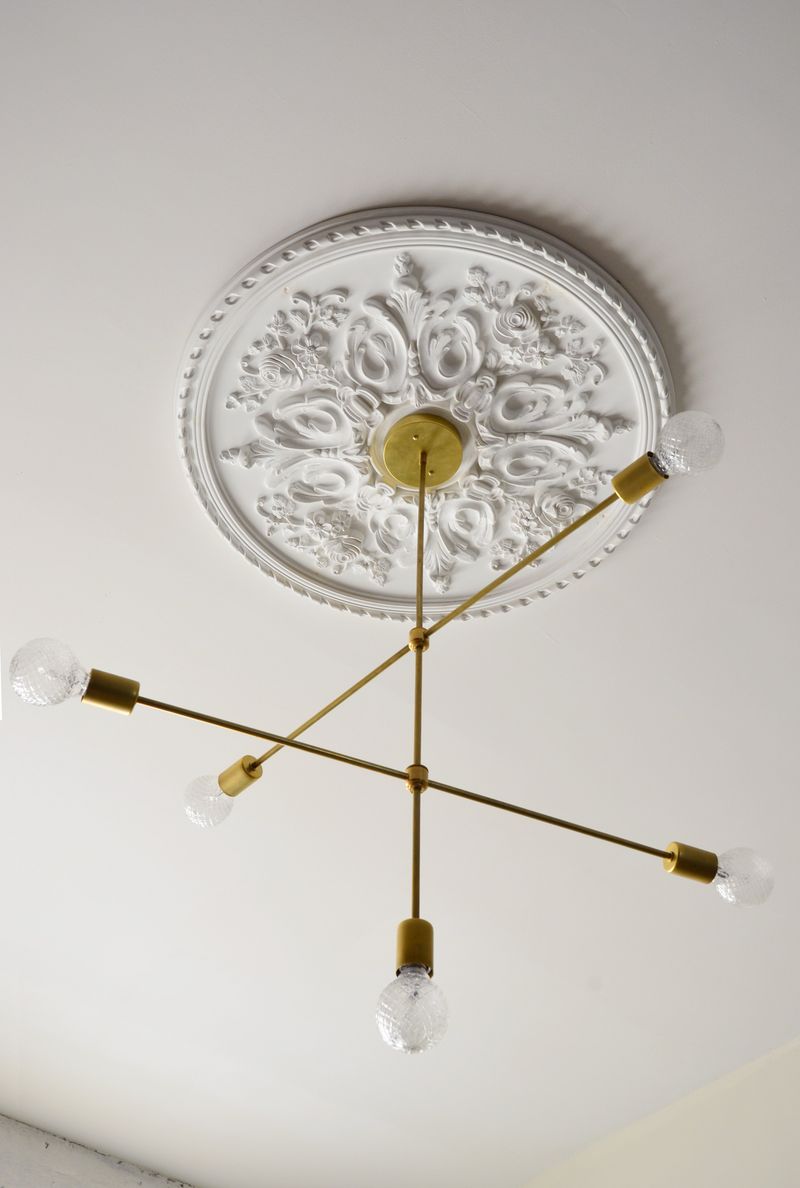
Ornamental ceiling details once associated with Victorian homes have plastered themselves back into modern design conversations. Updated medallions feature cleaner lines and more contemporary patterns than their ornate ancestors.
The juxtaposition creates visual tension between old and new, drawing the eye upward and treating ceilings as the fifth wall they deserve to be rather than forgotten surfaces.
18. Fringe Details That Don’t Belong on a Flapper Dress
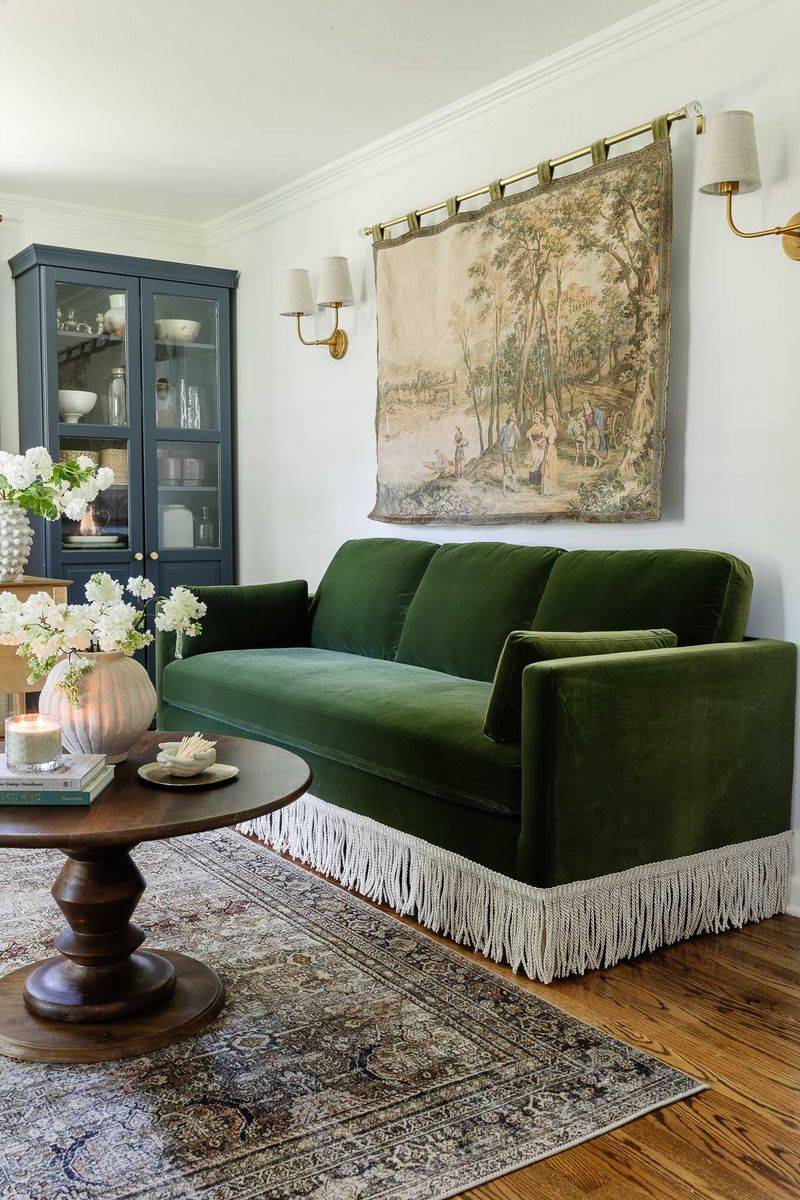
Tasseled trim has swung its way back from 1920s lamp shades and Victorian parlors. Modern fringe appears in unexpected places—the edges of pillows, throws, and even as dramatic borders on statement furniture pieces.
These playful details add movement and tactile interest to otherwise static objects—creating subtle animation as air circulates through a room and giving static pieces a sense of life.
19. Grandfather Clocks Without the Creepy Midnight Chimes
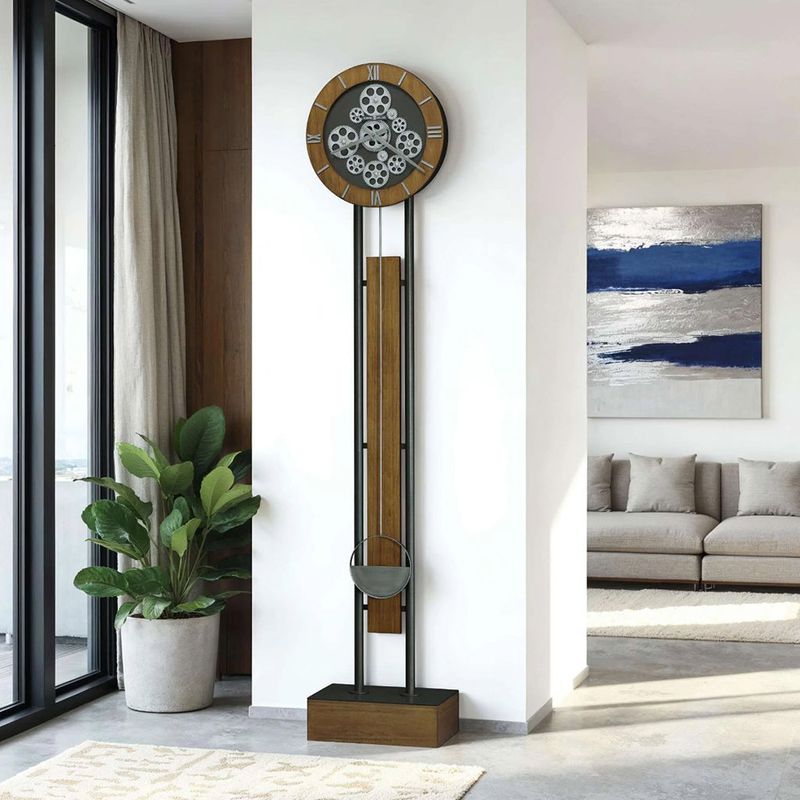
Tall case clocks have ticked their way back into relevance, minus the intrusive hourly announcements. Modern versions feature sleeker profiles, minimalist faces, and silent mechanisms that won’t wake you at 3 AM.
Interior designers are placing these statement timepieces in unexpected corners and treating them as sculptural elements. Their vertical presence draws the eye upward, creating height in rooms with lower ceilings—proving that sometimes traditional forms need only subtle updates to feel remarkably fresh.
20. Room Dividers That Actually Serve A Purpose
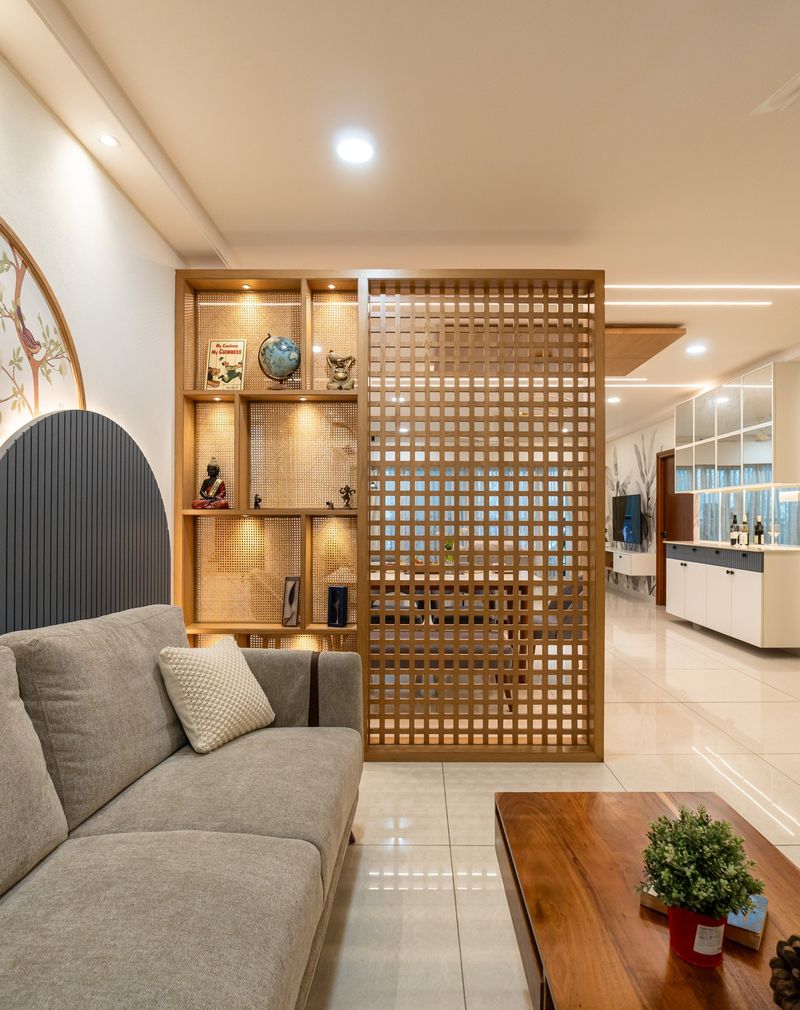
Decorative screens have unfolded from their dusty attic storage to become practical solutions for open floor plans. Today’s versions incorporate storage, display shelving, or plant integration rather than simply blocking views.
These architectural elements create visual separation without requiring construction. The best examples allow light to filter through while defining distinct zones—addressing our post-pandemic desire for spaces that can transform function without sacrificing flow or requiring a renovation permit.

